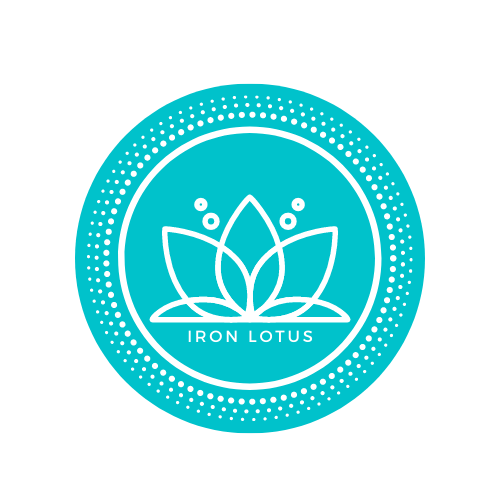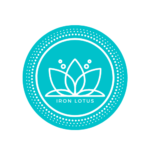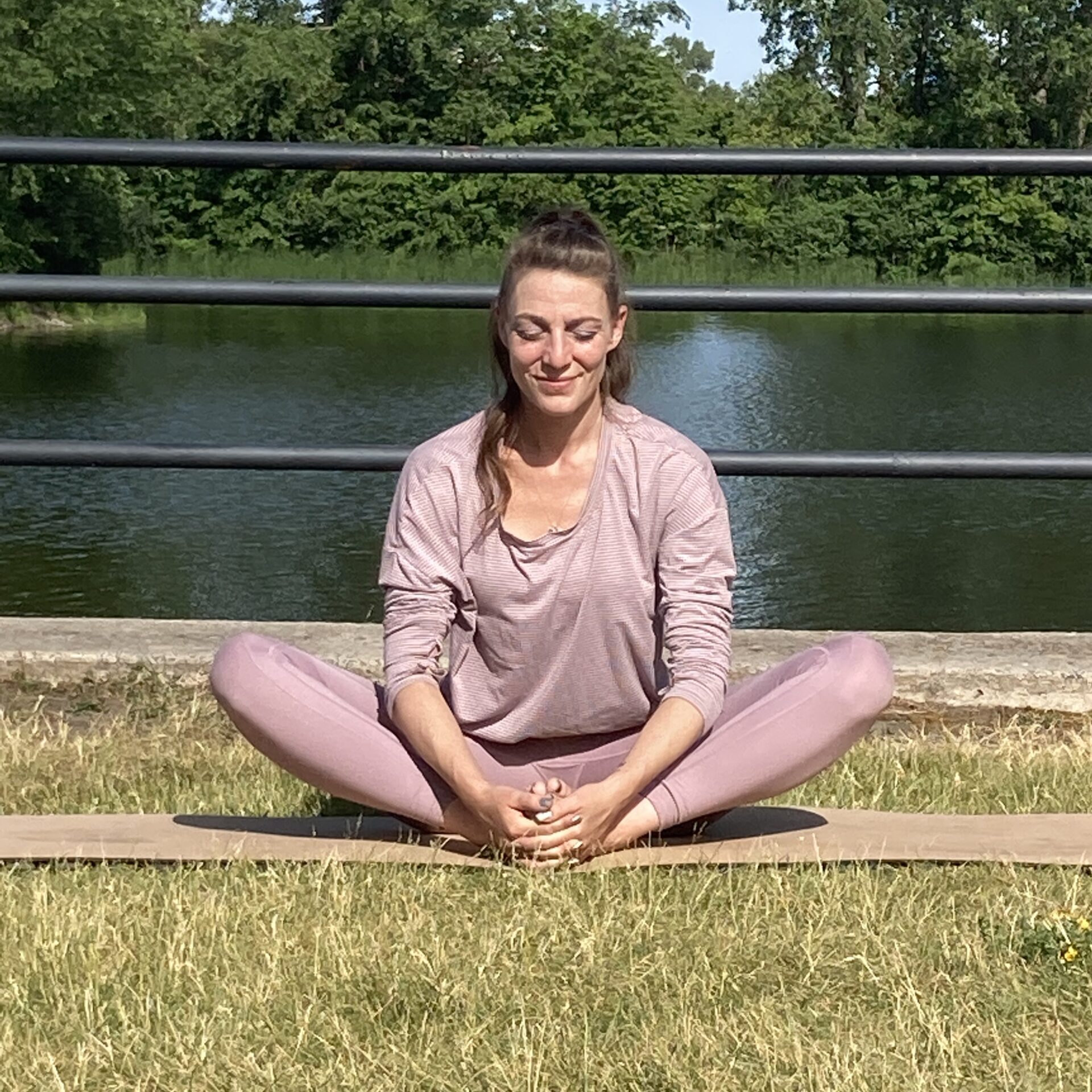Stay In Touch
Subscribe To Our Newsletter!
Learn tips, tricks, and how I can help you to explore your self-care and wellness needs and develop to tools to keep moving forward.
Hi Beautiful!
I'm Amber, A Mindful Fitness & Wellness Coach
Chances are you stumbled across one of my social media pages, videos or blog posts. Whatever journey you took to get here, I am glad you did! Iron Lotus was established to provide you with a plethora of resources and ideas that can help you transform your life. Take a look around to get acquainted with us so you can find what you're looking for and we can start creating that life you've been dreaming of!
Do You Feel This Way? Let's talk about it
Are you at a crossroads where you want to focus on who, what and how you want to be as you move forward in your life?
Are you feeling like you are stuck in a rut?
Do you feel like you are sliding all over the place with no direction??
Are you facing organisational or personal challenges or frustrations?
Do you feel that you have the desire to improve your lifestyle but not the skills?
Are you trying to start or maintain healthy self-care habits or fitness routines ?
Are you concerned about key life changes such as the effects of aging?
Do you want to change those insurmountable barriers into hurdles to be jumped over?
Do you know what you want but are struggling with knowing how to get there?
Do you want to be in control and/or have more enjoyment in your life?
Do you need help to find solutions to conundrums?
How I Can Help
I Have Been There, I Understand The Dynamics And I Can Help You
Our mission is to empower, those women who put everyone else first to stop self-sacrificing and self-sabotaging their self-care needs by providing self-coaching tools, as well as quality self-care programs and wellness courses so you can prioritize yourself, your health and your wellness without feeling guilty, unsupported, unmotivated or defeated.
Don’t let your subconscious dictate your future!
You Are Just One Thought Away From Changing Your Life How can we help you make transforming your life less of a struggle?
We do this by having you go through our programs to build the thought work skills and self-coaching tools to improve physical fitness and help develop confidence and knowledge so you can eventually implement these skills in everyday life without a coach, personal trainer or program.

Iron Lotus Programs
Iron Lotus Courses
Iron Lotus Workshops
Iron Lotus Challenges
1-0n-1 Coaching
When you work with a coach, expect great change. You will clarify your goal, experience new insights, and take action. You can do it yourself, let me show you how!
Amber Green
Sign Up For Your Free Discovery Call
Ready To Get Started?
We provide private mentorship for women who have a habit of self-sacrificing and self-sabotaging their self-care needs to prioritize themselves, their health and their wellness.
Testimonials
What My Clients Are Saying
After years of back problems and the onset of hip arthritis I was so happy when I found Amber's classes. Amber offers yoga, strength and one of my favourites: yoga tune-up classes using Jill Miller's self-massage therapy balls. I have found the yoga tune-up classes invaluable in giving me the tools to alleviate my back pain and work out kinks in my muscles from my head to my feet. They're awesome! Amber's classes are creative and inspiring, sharing her extensive knowledge of yoga. She understands the body and its movement and always offers modifications to adapt to all levels of practice. Her classes are well-structured, targeted to specific goals and complete and she does everything from her heart. I have definitely noticed a huge difference in my mobility, core strength and flexibility. Thank you Amber!! 🙂
Ruth B.
First, I am loving your classes. Previous, to the last 5 years I was an extremely active person that excelled in sporting. What will be 6 years in January I was in a scary place as I rapidly became extremely sick which thank goodness was diagnosed as "Guillain-Barré (Ghee-YAN Bah-RAY) syndrome (GBS) is a rare, autoimmune disorder in which a person's own immune system damages the nerves, causing muscle weakness and sometimes paralysis.
I have found lots of ways to build my strength up and had some Yoga experience many years ago, but thought that it would be a great form of exercise but more so a way to have more control of my mental health. I did try a few other places but there wasn’t really and instruction for those who were new or hadn’t done it in a while which for me was extremely frustrating.
Jillian
Your New Way of Being Begins Today!
Join our community of women who are striving and succeeding at putting their health, self-care and wellness first! Begin your journey towards taking action, staying consistent and getting results!

© 2025 Iron Lotus | All rights reserved.



